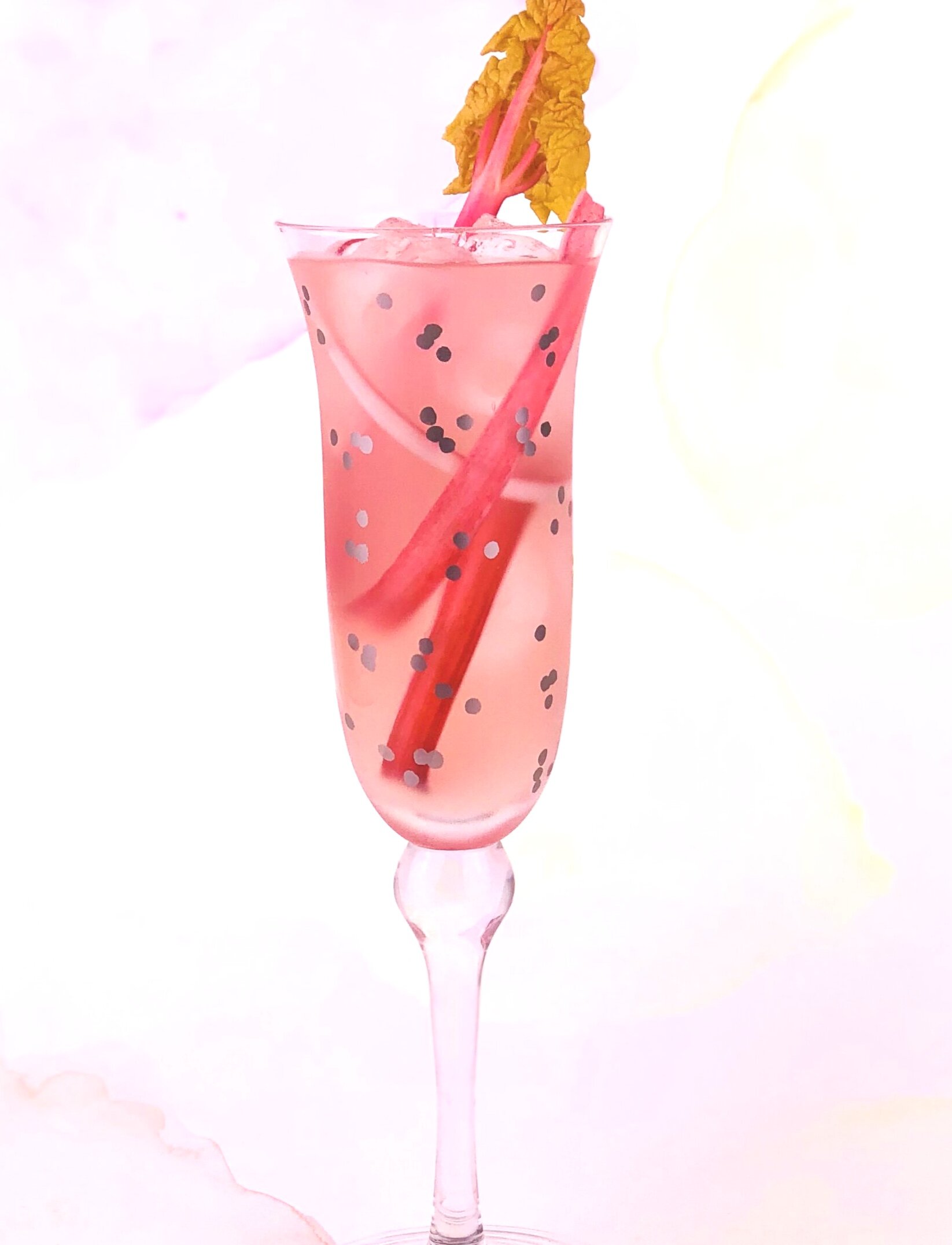Italian Oranges & Lemons
Photo ©Evie Saffron Strands
January
December saw us enthusiastically embracing the joys of sweet, sour and bitter flavours in the form of Pomegranates, Persimmons, Brassicas and Chicories and crates of the new season Citrus from Italy. January brings some welcome big-hitters in the vitamin C stakes with Blood Oranges, Grapefruits and bitter Seville Oranges coming through our doors. The first Yorkshire Forced Rhubarb arrives now too, it’s vibrant pink stems bringing a welcome burst of colour to the arch. Chicory varieties become more varied now and this month brings the crunchy, mineral Monk’s Beard/Barba di Frate too.
Here is a taster of the things you can expect to find at Puntarelle & Co in the month of January:
Seville Oranges for marmalade
Photo ©Evie Saffron Strands
Bitter Seville Oranges for marmalade arrive, usually early in the month, closely followed by sweet/sour Blood Oranges, the first coming in from Spain before the truly special Sicilian ones arrive. There should be Italian Grapefruits too to join the Mandarins, Clementines, and Lemons that have been arriving through December.
Yorkshire Forced Rhubarb starts its fairly long season, usually early in the month and continuing right through winter and into early Spring.
Varieties of Pomegranates continue to come from Italy.
English Apples from the stores of our favourite farm in Kent come to an end this month though we still source the best apples and, to a lesser extent, pears which do not store for as long.
Winter Greens
Photo © Puntarelle&Co
Highlights on the ‘Greens’ shelves this month include crunchy, mineral Monk’s Beard/Barba di Frate which goes so well with fish, Cima di Rapa, and, we hope for Broccolo Fiolare Minestra Cabbage for warming soups.
There is English Rainbow Chard, Black Cabbage/Cavolo Nero, Brussels Tops, Cabbages, Purple Sprouting Broccoli, Cauliflowers and several varieties of Kale.
Root Vegetables include Turnips, Parsnips, Carrots, Leeks, Celeriac, Jerusalem Artichokes and Potatoes.
Varieties of Pumpkin and Winter Squash continue through January.
Forced Rhubarb from Yorkshire
Photo © Puntarelle&Co
The cold weather Chicory salad leaves are arriving in greater numbers now, including the red Radicchios like Tardivo, Treviso, pretty-in-pink Rose, and yellow/cream red-speckled Castelfranco.
The bitter saw-toothed leaves of Catalogna Chicory and its cousin juicy Puntarelle (sometimes called asparagus chicory, for its looks rather than its taste) stand out now too.
The ripe, juicy Tomatoes of summer/autumn have long gone but winter varieties of Camone and Marinda Tomatoes with their crunch and salinity should see us right through winter.
A glass of Yorkshire Rhubarb Water Kefir
Photo © London Fermentary
London Fermentary news:
With the Christmas festivities behind us and many people looking for alternative drink options, our Water Kefirs are a healthy option. The choice of seasonal fruits may diminish in the winter months but even now there are some wonderful fruits to ferment. Here is an idea of what you can expect to find in our fridges this month. Water Kefir flavours joining the party in January include:
Yorkshire Forced Rhubarb which ferments to the prettiest, most delicate of pinks, and zesty Wonder Mandarin.
Ribollita
Photo and recipe ©Evie Saffron Strands
Our recipe this month is the perfect way to banish all memories of Christmas over-indulgence. We may have passed the shortest day in the northern hemisphere but that only marks the start of true winter in the UK and thoughts turn to warming soups. With a good mix of vegetables, some beans, bread, a little cheese and a big hit of iron-rich greens, you have a whole nutritious meal in a bowl. What's more its flavours simply get better should you have any leftovers for the following day.
The Italian word ribollita means re-cooked, or re-boiled and every area of Italy has its own version. In Tuscany it refers to a dish of leftover minestrone (soup) with the addition of cabbage and bread. This list of ingredients is not prescriptive and if you have other vegetables to hand, it takes well to substitutions – celeriac or pumpkin, perhaps. The soup should be quite thick and hearty. The toasted bread can be completely submerged in the liquor, which is more traditional, or placed on top.
Ribollita
(makes about 12 servings)
250g dried Borlotti or cannellini beans, soaked overnight, brought to the boil and simmered for 1-2 hours depending on quality, or 1 x 400g tin of beans, rinsed
2 tablespoons olive oil
2 medium onions, diced
2 large carrots, diced
3-4 sticks of celery, diced
1-2 cloves of garlic, thinly sliced
2 medium leeks, halved and sliced
2 medium potatoes
2 large handfuls (about 500g) of Broccoli Fiolare (minestra cabbage), cavolo nero or other cabbage, shredded
1 x 400g tin of plum tomatoes
Water to cover
Slices of good sourdough bread or baguette
Best quality extra-virgin olive oil to serve
Parmesan
Having first prepared your beans, fry the onions carrot and celery on a medium heat for 5 minutes. Add the leeks, garlic and the potatoes and fry for a further 5 minutes. Add the plum tomatoes, broken up, with their juice and add water (do use the cooking water from the beans if you have it) to fully cover the vegetables. Add the cooked (or drained) beans, bring to the boil, season, then simmer for 30 minutes. Add the cabbage and simmer for a further 15 minutes, top-up with more water if necessary but keep the soup quite thick. Check the seasoning.
Allow the soup to cool a little to appreciate the full flavours. When ready to serve, fill the bowls, top with toasted sourdough bread or pour the soup over the bread and add a good slick of your best olive oil. You may want Parmesan cheese on the table.






